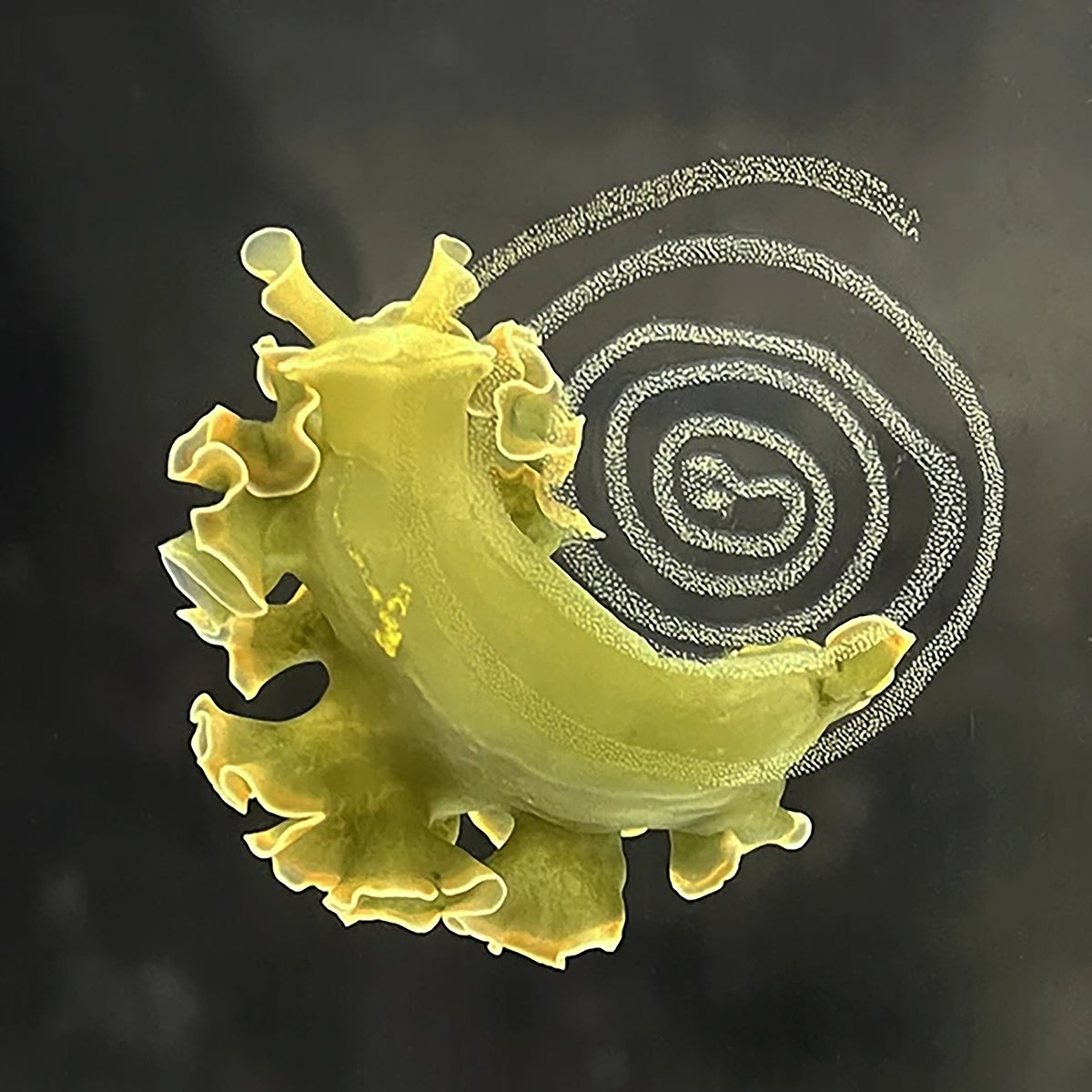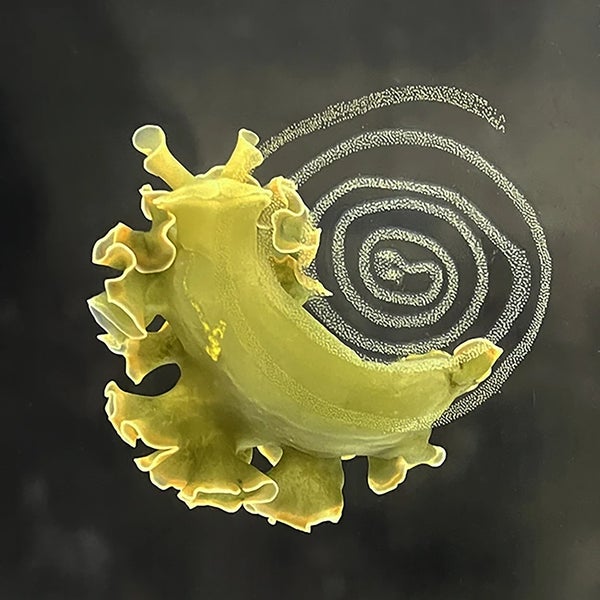Now Reading: Solar-Powered Slug Harnesses Stolen Chloroplasts for Survival
-
01
Solar-Powered Slug Harnesses Stolen Chloroplasts for Survival
Solar-Powered Slug Harnesses Stolen Chloroplasts for Survival

Fast Summary
- Scientists have discovered a unique adaptation in certain solar-powered sea slugs belonging to the genus Elysia,which steal chloroplasts (photosynthetic machinery) from algae.
- The stolen chloroplasts are stored in specialized compartments called kleptosomes, located in the slugs’ guts. These structures create a favorable chemical habitat to keep the organelles functional.
- Research shows that proteins within these chloroplasts are produced by the slug itself, enabling their maintenance independent of algae.
- During lean times, sea slugs can consume these stored chloroplasts for survival – functioning like “moving refrigerators.”
- Slugs with kleptosomes (Elysia crispata) can survive up to four months without food compared to non-solar-powered species like Aplysia californica, which die after 3-4 weeks.
- After extended starvation (~four weeks), Elysia slugs lose their green color, turning orange due to the degradation of chloroplasts and phagosome fusion with lysosomes.
- Findings about kleptosomes provide insights into cellular processes and organelle evolution. The study is considered groundbreaking due to its molecular-level work on such tiny organisms.


Indian opinion Analysis
This revelation underscores nature’s remarkable adaptability and could inspire advancements across scientific domains like biotechnology and cellular biology. For India specifically, where marine biodiversity is rich but resource-constrained research often limits exploration of smaller life forms, this study offers both inspiration and practical learning opportunities about leveraging unique adaptations for survival.
The existence of kleptosomes demonstrates how even small-scale organisms employ complex mechanisms that challenge conventional understanding about cell structure or photosynthesis-potentially paving the way for innovations such as artificial photosynthesis or sustainable energy generation techniques relevant to India’s growing agricultural needs.
Moreover, Indian coastlines could potentially host similar marine life yet-to-be-studied; investing resources into microbial or cellular studies may uncover solutions applicable across sectors including climate adaptation technologies or even space exploration systems reliant on self-replenishing energy sources.
Read More: solar-Powered slug Steals Chloroplasts



























